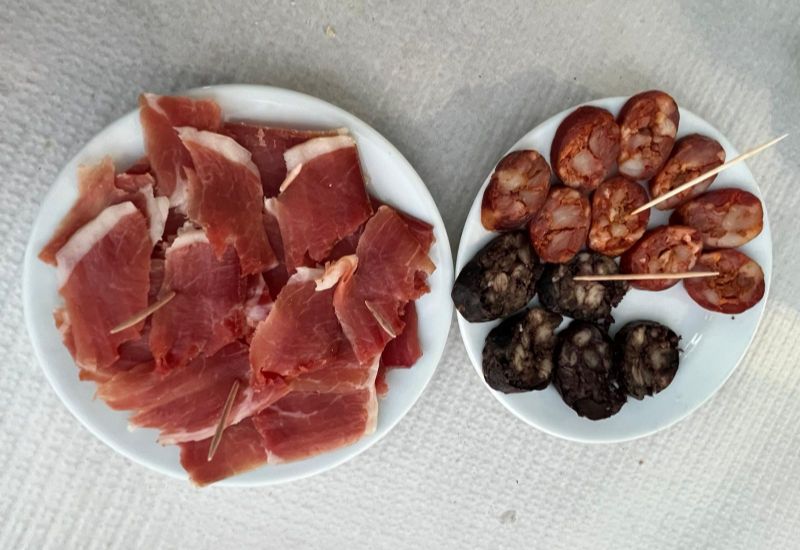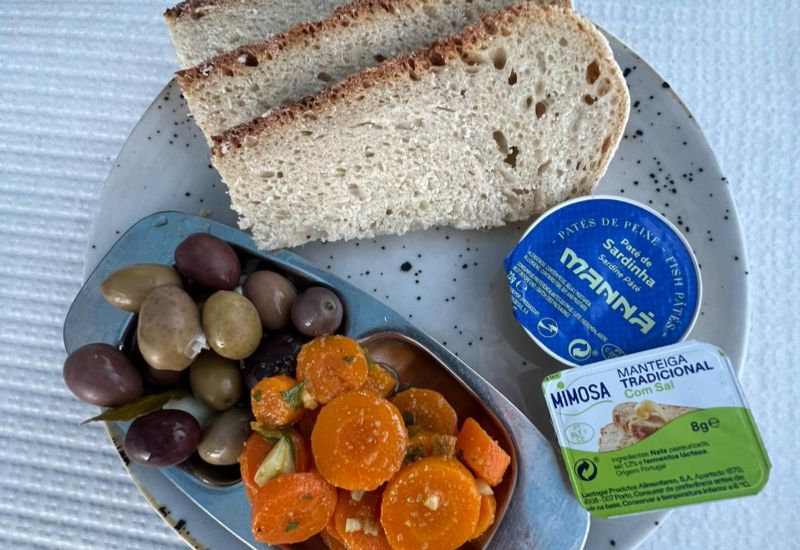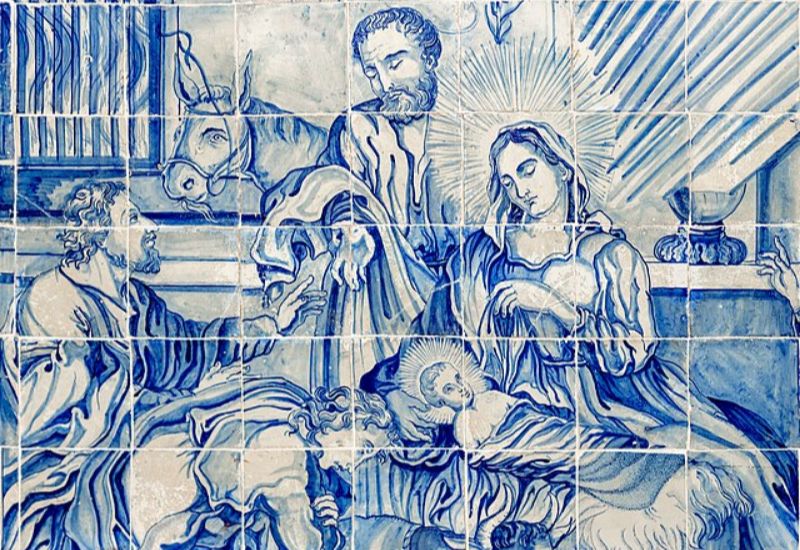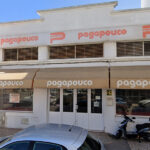Dining out for a typical Portuguese meal often feels like stepping into grandma’s kitchen, where barbecued sardines, hearty stews and freshly tossed salads are plentiful. But before the first ladle of vegetable soup hits the bowl, many diners encounter a curious tradition: the couvert.
This seemingly humble offering of olives, carrots, bread and sardine pâté is steeped in Portuguese culture and a history that spans decades of hospitality and culinary pride. However, contrary to myth, it has never been free. So why does Portugal dish up this traditional selection of picky bits?
The word couvert literally means ‘to cover’, and in this sense, it is quite literally your table cover or service charge. Instead of adding a percentage at the end of your bill, Portugal has a long-standing tradition of offering a selection of bread, olives, carrots, pâté, and sometimes even cheese and chouriço, in place of a table charge. Many long-time visitors to Portugal mistakenly believe that the couvert was once free. However, this has never been the case, at least in living memory, and is merely the Mandela Effect. More often than not, the couvert was placed on the table whether you wanted it or not, leading some diners to believe it was a kind ‘on the house’ offering. That is, until they checked the bill (which some do not).
It’s believed that the couvert may have started as a welcome gesture in small tascas or taverns long ago – a treat whilst customers waited for their meals, mainly in rural parts of the country. However, given the boom in Portugal’s restaurant scene in the 20th century and the early influx of tourism, especially in the Algarve, the couvert presumably evolved into a table charge.
It was once commonplace to receive the couvert the minute you sat down, and, in some cases, it would already be laid out on the table. Today, this practice is less common, as, since 2012, Portuguese law has required restaurants to clearly list couvert prices and inform customers before charging them. Despite this, some restaurants still place the couvert on the table – possibly unaware of the law, or assuming locals know the routine.
Some people who partake in the couvert tradition have developed subtle ways to test the freshness of the bread, such as squeezing it to check whether it’s fresh or has been left over from earlier in the day.
Whilst the couvert is not compulsory, the varieties on offer and prices do vary from restaurant to restaurant. On average, a simple couvert includes: bread €0,75, olives/carrots €1.50, butter €0,65, and sardine pâté €0,75 – bringing the total to around €6,20. This is just an example for two people, including butter and pâté for each. Note: prices may vary depending on the restaurant and location.

Some restaurants – especially high-end ones – may include more refined couvert items at a higher price, including goat’s cheese, chouriço, and even presunto (smoked ham). It’s always useful to remember that the plate filled with small tubs of butter and sardine pâté is charged per item, and not necessarily per plate.
The couvert could be called a remnant of old-time Portuguese hospitality, blending warmth, tradition, and a touch of savvy nature. Some locals have come up with a logical phrase to sum up this sometimes confusing tradition for any newbie: it’s not a scam — it’s a cultural nuance. Once you’re in the know, it’s just one of those charms of Portugal – even though it might cost you a little extra at the end of your meal.
Images by Luka Alexander (Restaurante O’ Recanto)
















